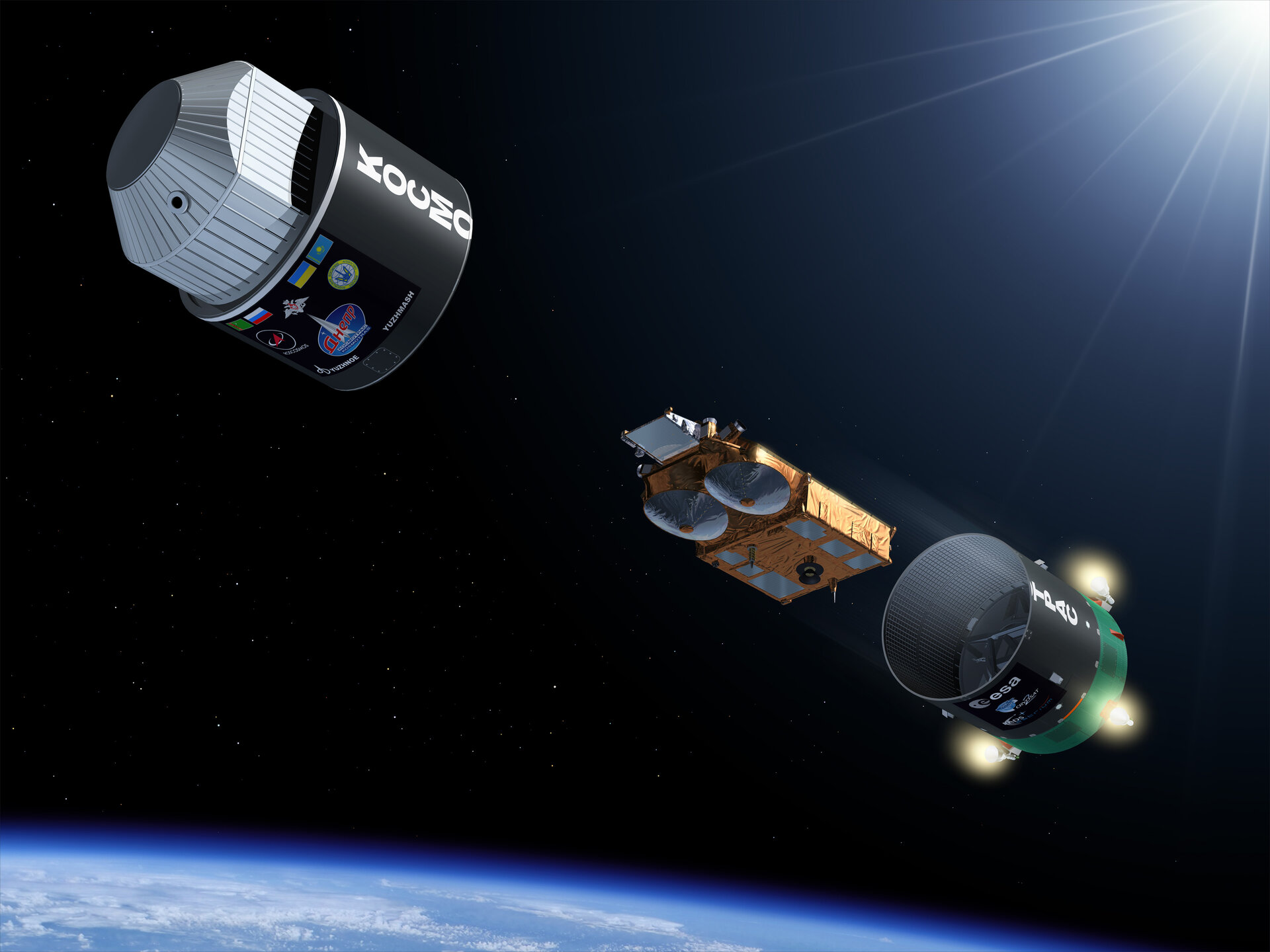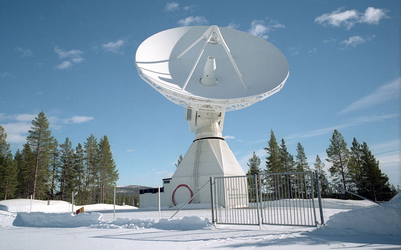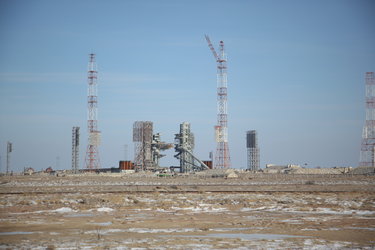After launch
CryoSat-2 was launched on 8 April 2010 by a Dnepr, adapted from the SS-18 intercontinental ballistic missile, from the Baikonur Cosmodrome in Kazakhstan.
The launch takes place from a silo with ejection by a spectacular explosive charge before the engines are ignited some tens of metres in the air. The upper stage then flies backwards, dragging the satellite behind it to ensure the most accurate orbit injection.
As soon as the satellite is separated, it springs into life: its computer, merely monitoring the satellite during launch, starts issuing commands and, in particular, switches on its radio transmitter so that the control team at ESA’s European Space Operations Centre (ESOC) in Darmstadt, Germany, can set up two-way communication with it.
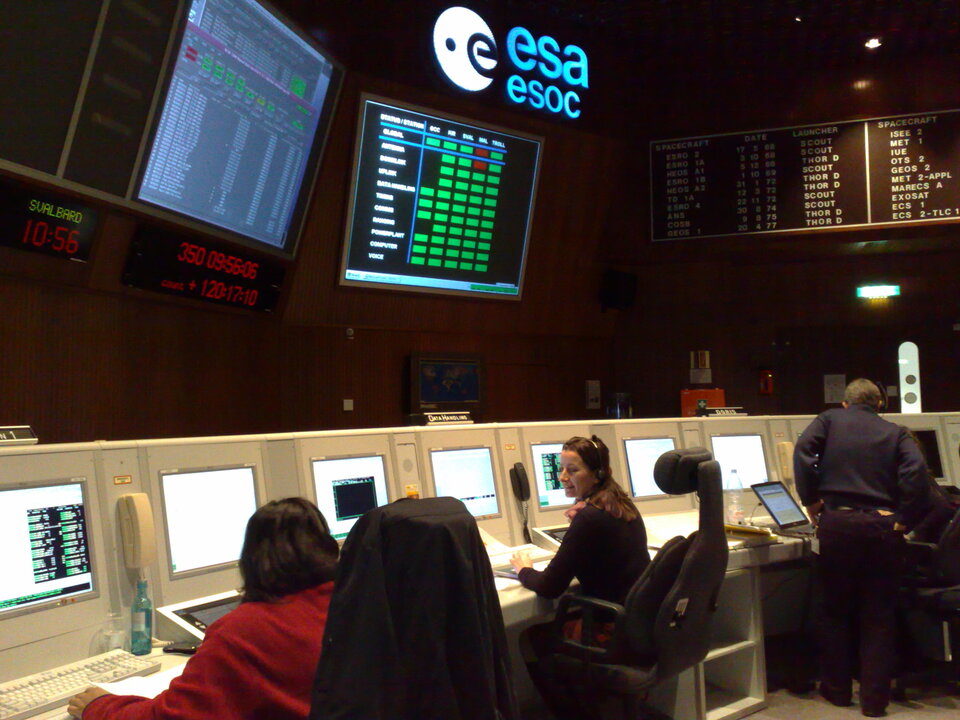
The first few days of the mission are critical, with the ESOC team working 24 hours per day to ensure the new satellite is fully switched on and properly established to perform its mission. After this high-intensity period the operations become more routine, but the flight control team at ESOC continue their work, every day, monitoring and commanding, to keep the system running as it should.
Among the commands the ESOC team sends are those to tell the Synthetic Aperture Interferometric Radar Altimeter (SIRAL), CryoSat-2’s main payload, which of its operations modes to use as it flies over different surfaces on the Earth below. This decision is based on a master map maintained in a dedicated planning facility at ESA’s Centre for Earth Observation (ESRIN) establishment in Frascati, Italy.
Every week the satellite’s track over this map is computed and the times when it should switch between the different modes are calculated. This list is then sent to ESOC to be integrated with all the other satellite commands. As ESOC is located at a mid-latitude, the CryoSat orbit only passes within range a couple of times a day. It is therefore necessary to use an antenna located in the far north of Sweden, at Kiruna, to be able to contact the satellite often enough.
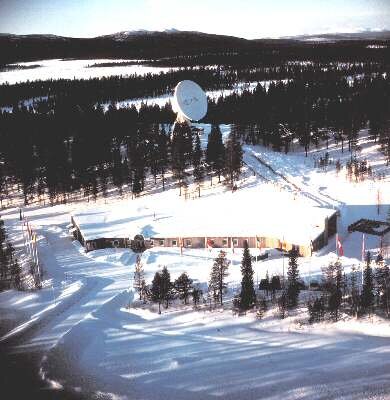
ESRIN receives and processes the data at the Kiruna station. At more than 50 GB per day, it is a challenge to handle and process all of this.
While some of the processed data are available almost immediately to the team monitoring how the mission is performing, the scientific users need accurate orbits and other environmental data to be able to fully exploit the altimeter measurements. Until these are available, which can take up to a month, the final data products have to wait.
Every user of the CryoSat mission can access the final products directly at the Kiruna station, downloading data over the Internet. For the longer term, ESRIN sends all of the mission data to a dedicated facility at the Centre National d’Etudes Spatiales (CNES) in Toulouse, France, to be archived. Not only will scientists be able to access the data there in the future, but this centre will also reprocess the whole dataset if improvements in the processing software are developed.


